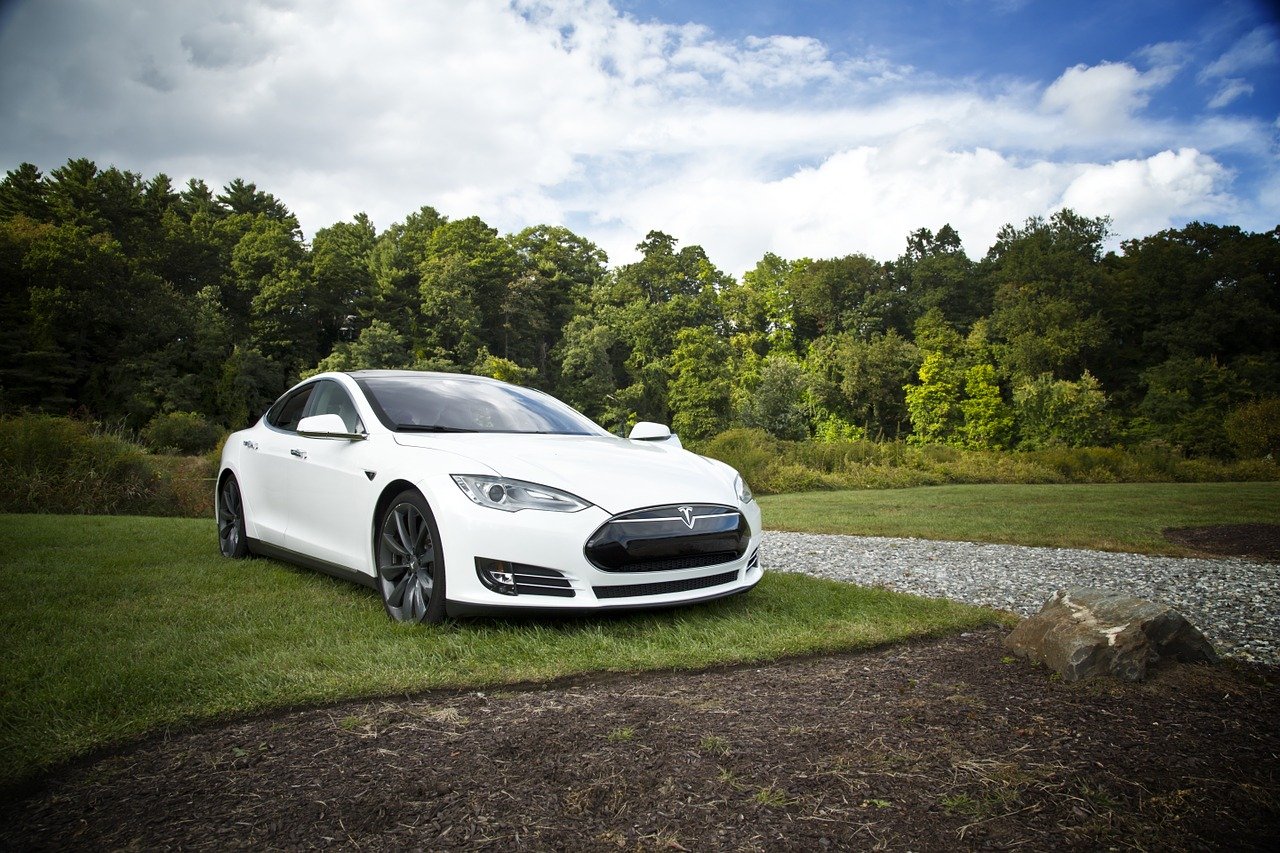
Taking care of our environment and living in accordance with the demands of ecologists is not just a trend, but a way to protect our planet and our wallet. Is ecodriving in the city and on the road different? We answer.
Ecodriving is economical or, as you prefer, ecological driving. Smooth and safe, which aims not only to save fuel, but also reduce exhaust emissions. Ecodriving is also a set of certain driver behavior and driving rules and methods. It is also the operation of both the car and its equipment.
Driving style is extremely important. The main problem in the city are traffic jams, traffic lights and pedestrian crossings, which force frequent braking and acceleration. These are factors that make frequent stopping and starting necessary, and this results in an increased demand for fuel. In the case of the road to work, it is sometimes better to choose a longer route, which will not force us to constantly change speed. It is therefore worth looking at a map and looking for a less traveled parallel road or one with fewer pedestrian crossings or speed bumps.
If we already have to stop, it is a good idea to use engine braking. Contrary to what you might think, idling does not save money because the engine still needs to propel itself. It is much better to reduce speed by lowering the gear and waiting for the engine to idle, and with that our speed will drop.
This not only helps reduce fuel consumption, but also protects our brake pads and discs from premature wear. However, you need to work on your intuition – braking too suddenly can put you at risk of being run over by a car behind you, especially since its driver won’t see your brake lights on. It’s also worth checking if your engine has a dual mass flywheel – engine braking wears it out quite a lot if you don’t use a more complicated braking technique with intergas.
When driving on the road, it’s important to maintain a steady speed. If you want to save money, accelerate the car decisively, but not slowly. Do not exceed 2500 engine revolutions per minute. However, it is necessary to remember to maintain a speed conducive to the economy of our car, which results from its characteristics. Therefore, it is extremely important to familiarize yourself with the recommendations of the manufacturer, which will certainly help us save fuel.
When driving on the road it is much easier to maintain a constant speed than when driving in the city. However, several factors can hinder our efforts, such as traffic encountered on the road. Under ideal conditions you won’t get stuck behind slower cars, forcing you to step on the gas to overtake them
If this does happen, however, it’s worth considering stopping. Certainly do not stop after passing, because even a few minutes break may cause that the cars overtaken by us will again be in front, and you will have to repeat the maneuver, enter a higher speed and burn more fuel.
In the case of long trips we can not avoid taking with us luggage in the form of suitcases or sports equipment, but we should pack wisely and with thought, because the extra kilograms also increase fuel consumption. In the city, very often it is shopping or things that can come in handy in case of an emergency, so you should constantly check what is in your trunk.
We are convinced that you will notice lower fuel consumption as you get rid of unnecessary weight. We also recommend that you keep an eye on your trunk if you share your vehicle with other household members.
With the advancement of technology and the passing of years, drivers today are aided by six- or seven-speed transmissions, as well as electronic cues that tell the driver when to engage a higher gear. Another plus of the technological leap is also the use of satellite navigation, which will allow us to avoid traffic jams and keep our driving smooth.
New technologies not only help to take care of the environment, but also of our wallet, because we save not only fuel, but also wear and tear of brakes and other components of our car.
(photo: pixabay.com)